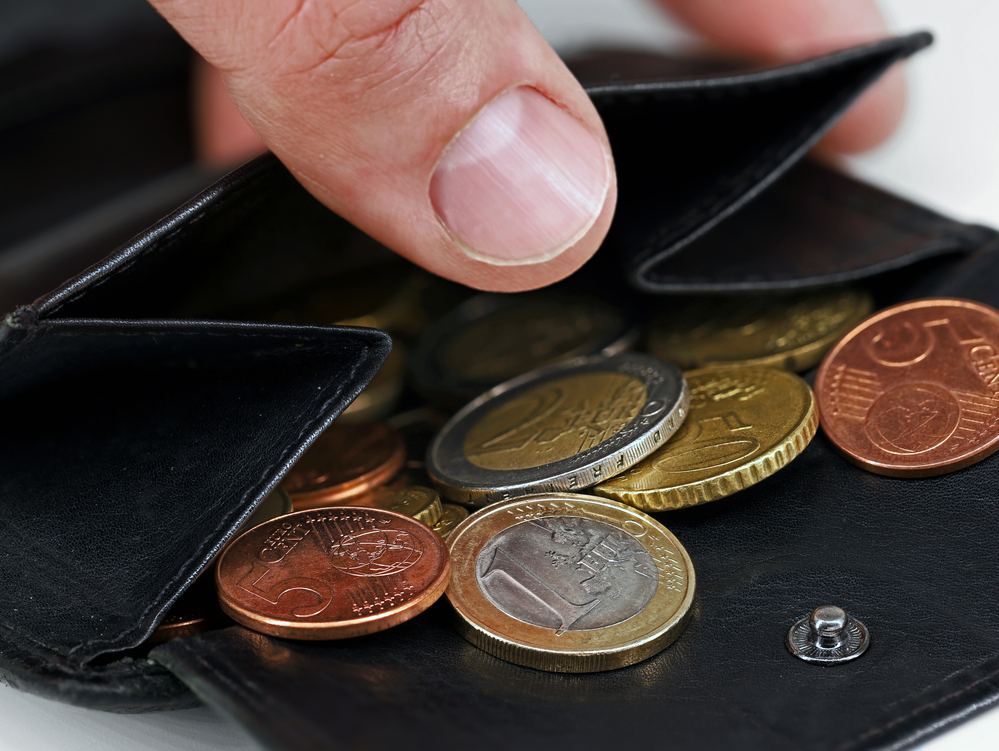New definition suggests 3.1% of Dutch live below poverty line

Three Dutch statistics agencies have drawn up a new definition of poverty which suggests 3.1% of the population, or 540,000 people were living below the poverty line last year.
This is far fewer than in the previous definitions used by statistics agency CBS, the government’s think-tank SCP and family spending institute Nibud.
The new definition looks at actual costs rather than averages and takes family assets, such as savings into account. “We needed a common standard,” said SCP director Karen van Oudenhoven. “A single poverty definition makes it clear what households need to survive and to be able to take part in social activities.”
The new calculation suggests a single person needs an income of €1,510 per month, if their rent is €590 and they spend €145 on energy. A couple with two children are considered poor if their income is less than €2,535 a month and their children are under the age of 12 and €2,910 if they are teenagers. A single parent family with two teenagers needs €2,500.
Basic welfare benefits are currently € 1,308.45 for a single person and € 1,869.21 for a couple. On top of that claimants are entitled to housing benefit and help with paying their health insurance, plus extra cash if they have children.
The CBS, SCP and Nibud report includes 35 different sorts of households and calculates how much money they need to be able to pay for their daily needs, including access to the internet and social activities.
Households with a financial buffer, are not considered poor if their savings are higher than the annual poverty definition for their particular group, so €18,145 for a single person or €30,405 if they have two young children.
The new definition has led to sharply fewer people being classed as poor but highlights the fact more people with jobs are living below the poverty line. “Working people are often more income short than poor people living on benefits,” said CBS chief economist Peter Hein van Mulligen.
Children account for 3.6% of the people growing up in poverty.
Amsterdam has the biggest percentage of poor households in the new definition, at 6.6%. The border town of Vaals in Limburg is second with 6.4%, followed by Rotterdam, The Hague and the Wadden Island of Vlieland.
Most poor local authority areas are in the south and far north, the CBS said.
Thank you for donating to DutchNews.nl.
We could not provide the Dutch News service, and keep it free of charge, without the generous support of our readers. Your donations allow us to report on issues you tell us matter, and provide you with a summary of the most important Dutch news each day.
Make a donation